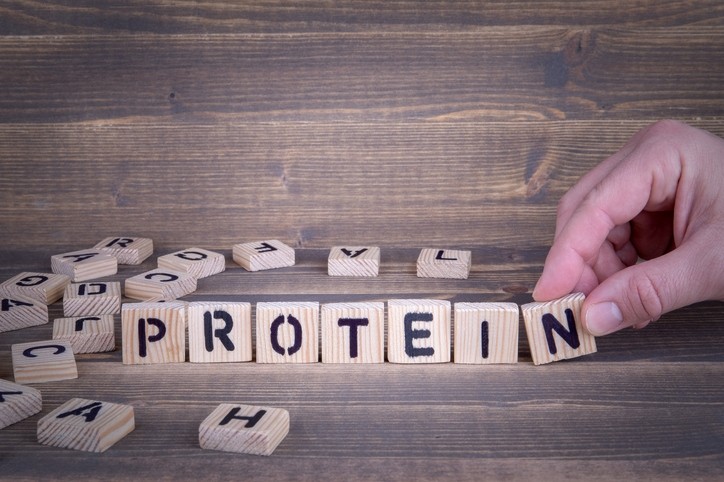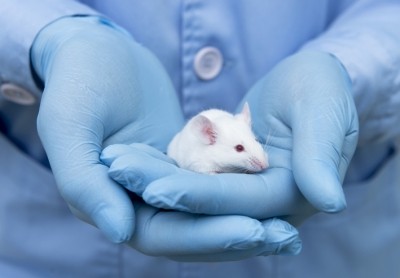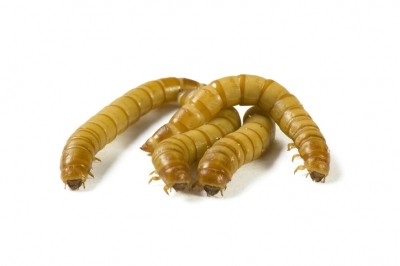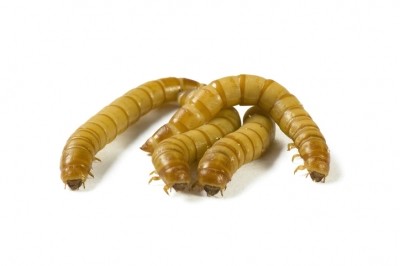BioMar: Insect meal has a future as an alternative protein source

The Danish group said it has completed its testing of insect meal in feeds for aquaculture.
Michel Autin, technical director at BioMar’s EMEA division told us: “We started testing insect meal back in 2015, both at lab and larger scale, mostly evaluating Black Soldier Fly (BSF) and mealworm.”
BioMar assessed feed formulations based on either BSF or mealworm derived meal in trout, juvenile salmon and marine fish, with validation trials also conducted by fish farmers in various regions in France from 2017, he explained.
Parameters tested
Digestibility, feed conversion rate (FCR) and growth performance were the parameters assessed, said Autin.
BSF and mealworm derived meal are more or less equivalent, he said, in terms of impact on those parameters.
“The mealworm contains a little more protein and might be a little bit more expensive. There was no differences in the performance of the fish tested using either insect meal. Performances were equivalent to what we can expect from a standard commercial diet.”
In the test diets, the inclusion levels of insect meal was around 7-8% of the formulation, in the control diet, fishmeal comprised about 15% of the formulation.
He said BioMar wanted “to be ready” in the event that the price of insect meal slid to a level that made it a viable protein source.
“We now know how to use them [insect derived meals], we know how to run the factory with them, and there is no problem using them commercially.”
Studies have indicated that the idea of using insect meal in fish feed would appear to be readily accepted by consumers, said Autin.
Evidently, scaling up of insect protein production is required to make it a more cost-effective feed ingredient, he said.
“However, unless there is a massive demand from some farmers, supermarkets and consumers for insect meal to be included in fish feed, I don’t see bigger volumes [being generated] in the short term.”
And insect production, he stressed, would be more sustainable in terms of the environment, in terms of the circular economy, if a wide range of food waste could be used as a substrate for rearing larvae. EU legislation currently only allows plant-based feedstocks for rearing insects.
Microbial proteins
The Danish fish feed company has been investigating a raft of innovative raw materials over the past few years.
“We haven’t just been working on insect meal in terms of new protein, we have been evaluating single cell or microbial proteins, which are interesting as they are high in protein and are cheap. The drawback regards using those is that the inclusion rate can’t be high, otherwise you can have negative consequence on performance, but, bit by bit, by including 3% here and 5% there [of novel proteins] you can build up the protein content of your diet.”
When we spoke to aquaculture feed expert, Niels Alsted, on his retirement from BioMar back in January, he forecast that while there will be new raw materials coming forward, such as novel proteins, they will remain relatively niche. In terms of volumes, fish feed will likely continue to be based on crops such as soy, rapeseed, wheat, and corn, he said.
However, Alsted sees as the more sustainable route the idea of using materials based on soy or corn but produced for the purpose of aquaculture such as soy protein concentrate or corn gluten concentrate. So more tailor-made products and also enzymes will gain in importance, he said.
“I agree with that,” said Autin, “but we still have to study novel ingredients. If everybody in the value chain thinks a raw material is interesting, then we have to assess it.”








